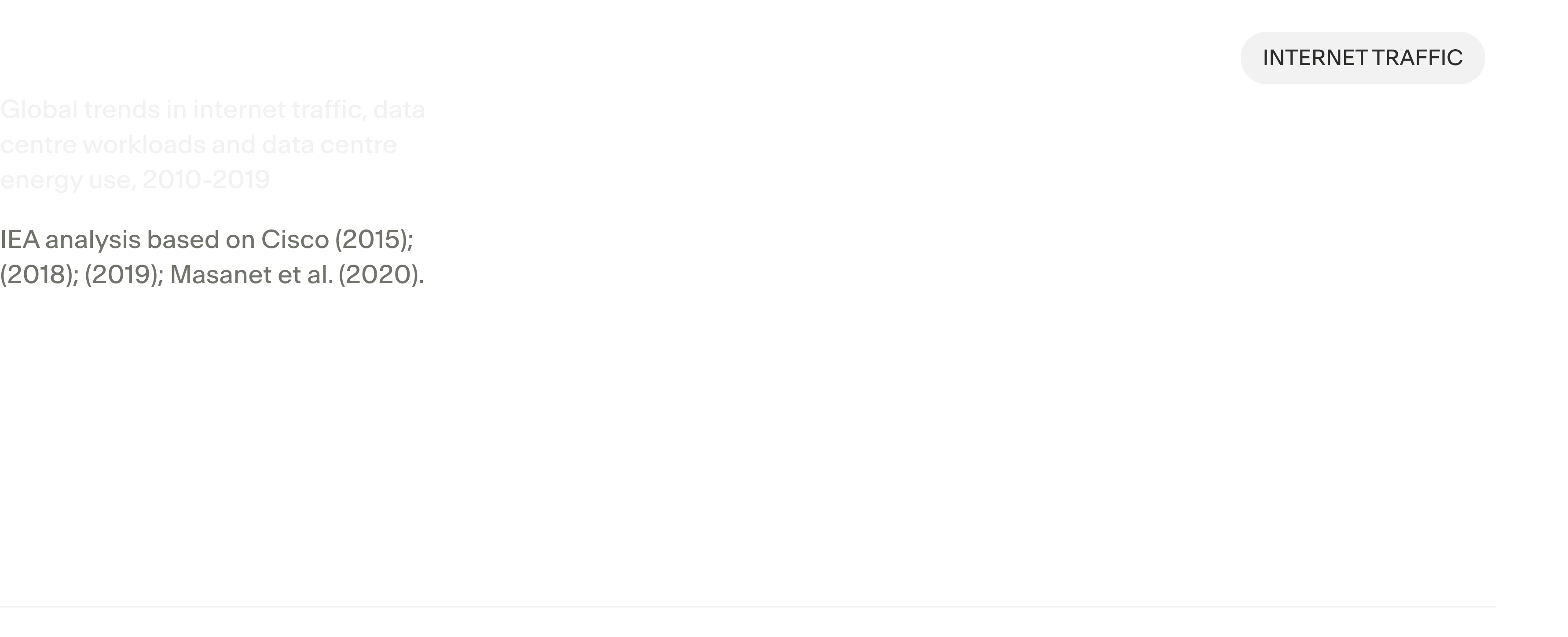Neuto Limited ceased trading on 29/05/2024. This website is maintained for archival purposes.
Browsing the web burns energy.
Emails, websites, videos, data. Everything we do online uses energy. That's why the web is producing so much carbon. Neuto's software simplifies digital carbon emissions.
Neuto Carbon Monitor
Neuto Knowledge Guide
Neuto Bespoke
better knowledge + less carbon = more planet
The web's electricity usage is forecast to rise by 409% between now and 2030. Renewables alone can't meet this demand.
Andrae, A.S.G.; Edler, T
The internet is an incredible creative force. But the more we use it to read, watch and work, the more fossil fuel is being burned. Data centres, cables, connected devices - information has to be powered through them to reach you. Demand outstrips renewable supply.
Cloud storage and transmission networks, meanwhile, are always on. A single short email, for example, emits about 0.3g of CO2e. That's how the internet ends up consuming more electricity every year than the entire United Kingdom.
Berners-Lee, M., 2020 Malmodin, J., Lundén, D., 2018Explore Neuto's Toolkit
Neuto Carbon Monitor is compliant with the GHG Protocol Corporate Standard enabling organisations to model the environmental impact from digital services. These models fall under 'Scope 3' supply chain emissions.
Neuto Carbon Monitor
Sign up for accurate reports and pinpoint analysis of your website, showing where carbon outputs could be improved.
Neuto Knowledge Guide
Our coder-in-chief founder put together this free guide to carbon-conscious web build and design.
Neuto Browser Extension
Doing well or could do better? Find out instantly with Neuto's browser plugin.
Don't race to zero. Take the shortcut.
Quick tips for a more carbon-conscious web
Let's start with the basics. First, consider how the website is built. Lots of images and videos? That could make it 'heavier' in terms of carbon load. Think creatively about where text could replace imagery. Second, how is the website serviced? A server with renewable energy sources is best.
About our calculations
Neuto offers an unrivalled, comprehensive view of digital carbon outputs. We take into consideration not only servers and transmission networks but also energy source / energy type for a website's end users, based on anonymised data for their location and device.
Neuto's method is exclusive and unique. By working off more than 65 data points, our results are among the most precise of their kind.
Who's hosting? The server's energy source should (ideally) be renewable. You can check your server's info via the Green Web Foundation.
Use Content Delivery Networks (CDNs) to optimise the performance and minimize the loading time of web pages.
Be creative with font display as an alternative to imagery and video.
Explore what we have already learned
Know your zero
The internet already accounts for 2% of global carbon emissions. With the rising use of smartphones and machine learning likely to increase this burden, how can we measure the problem precisely?
Carbon has a compass
The internet has a carbon footprint - a pretty sizable one, in fact, given that each year the web consumes roughly the same amount of electricity as the entire United Kingdom.